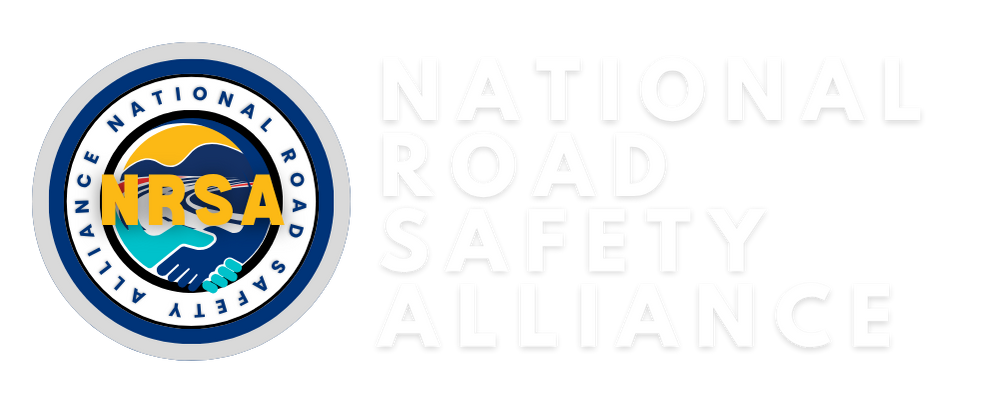 Image credit to respective owner. No copyright infringement intended. Image courtesy of Inquirer.net
Image credit to respective owner. No copyright infringement intended. Image courtesy of Inquirer.net
On the evening of February 27, 2025, a segment of the recently completed Cabagan-Santa Maria Bridge in Isabela province collapsed, resulting in injuries to six individuals. The incident occurred when a dump truck, reportedly carrying a load weighing approximately 102 tons, attempted to cross the bridge. This excessive weight is believed to have contributed to the structural failure.
The collapse affected the third span of the 990-meter bridge, sending the dump truck and three other vehicles—a motorcycle and two SUVs—plunging into the dried-up section of the Cagayan River below. Emergency responders treated five victims for minor injuries at the Milagros Albano District Hospital, while a young boy with critical head and body injuries was transferred to the Cagayan Valley Medical Center for advanced care.
Constructed to connect the municipalities of Cabagan and Santa Maria, the bridge’s development began in 2017 with an initial budget of ₱639 million and was slated for completion in 2019. However, due to construction delays and the discovery of structural defects in 2021, an additional ₱274.8 million was allocated for retrofitting, bringing the total expenditure to approximately ₱1.22 billion. The retrofitting was concluded, and the bridge was opened to the public on February 1, 2025, less than a month before the collapse.
In response to the incident, the Department of Public Works and Highways (DPWH) has initiated a comprehensive investigation to ascertain the exact cause of the collapse. Experts from the Bureau of Design and Bureau of Construction have been commissioned to conduct technical assessments. Meanwhile, motorists are advised to exercise caution and seek alternative routes as portions of the bridge remain inaccessible during the investigation and subsequent repairs.
This event has raised significant concerns regarding infrastructure integrity and safety protocols, especially considering the substantial investment and recent completion of the bridge. The findings from the ongoing investigation will be crucial in addressing these concerns and preventing similar occurrences in the future.
Several key issues stand out:
- Overloaded Vehicle Risks – The reported 102-ton dump truck far exceeded typical bridge load capacities. This raises questions about enforcement of weight limits and whether proper monitoring mechanisms (like weigh stations) were in place.
- Structural Integrity & Engineering Accountability – The bridge had undergone retrofitting, but its collapse within a month of opening suggests potential lapses in quality control, materials used, or design calculations. Transparency in public infrastructure projects is crucial to prevent catastrophic failures.
- Emergency Preparedness & Response – While six injuries were reported, a collapse during peak hours could have resulted in fatalities. Authorities should assess whether proper risk assessments and contingency plans were in place.
- Traffic Diversion & Road Safety Impact – With this major bridge now unusable, alternative routes might become congested, increasing accident risks in surrounding areas. Proper traffic management strategies are needed to prevent secondary road incidents.
Moving forward, stricter enforcement of weight limits, independent safety audits, and public accountability in infrastructure projects should be priorities.
Call for Stronger Preventive Measures
The Isabela bridge collapse is a wake-up call for both government agencies and private contractors to prioritize safety and accountability in infrastructure projects. Experts recommend immediate reforms, including:
- Stricter implementation of vehicle weight regulations through weigh stations and checkpoints.
- Independent and transparent safety audits for all major public works projects.
- Enhanced emergency response protocols to minimize casualties in similar incidents.
- Public disclosure of infrastructure safety assessments to promote accountability.
As road safety advocates stress, preventing such disasters requires a multi-faceted approach, combining strict regulatory enforcement, improved engineering standards, and proactive accident prevention measures. With lives at stake, ensuring the safety of roads and bridges must remain a top priority.

